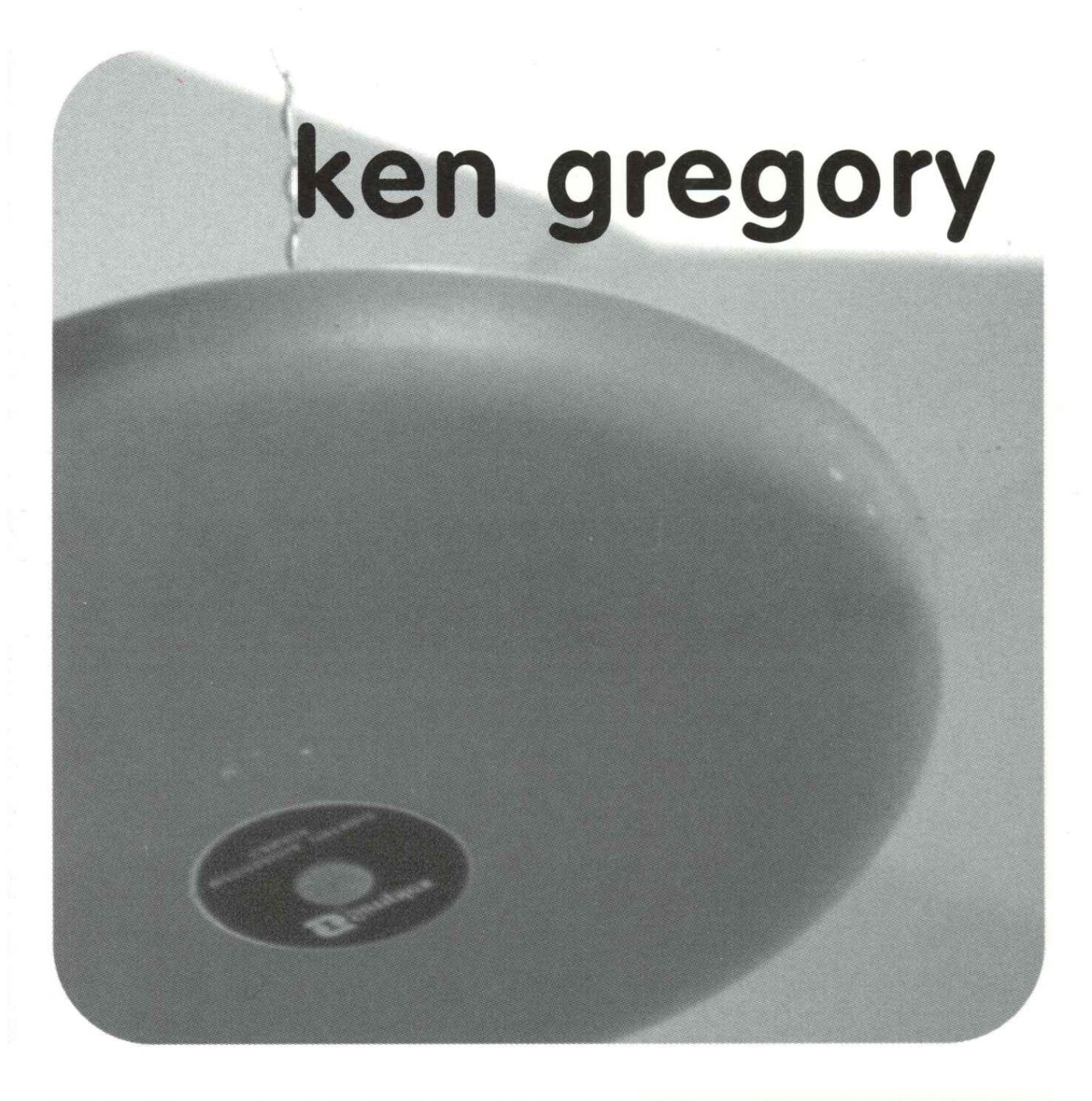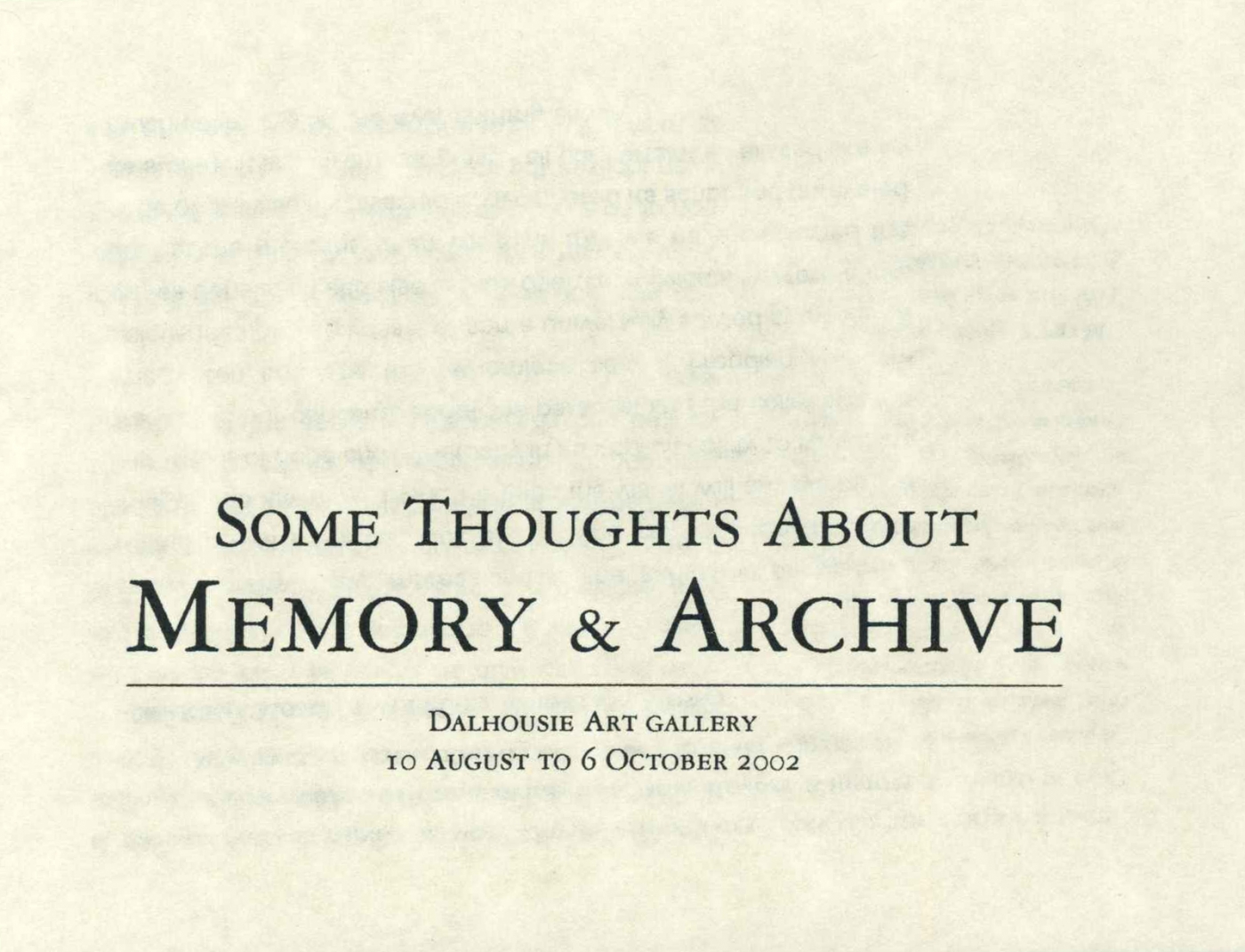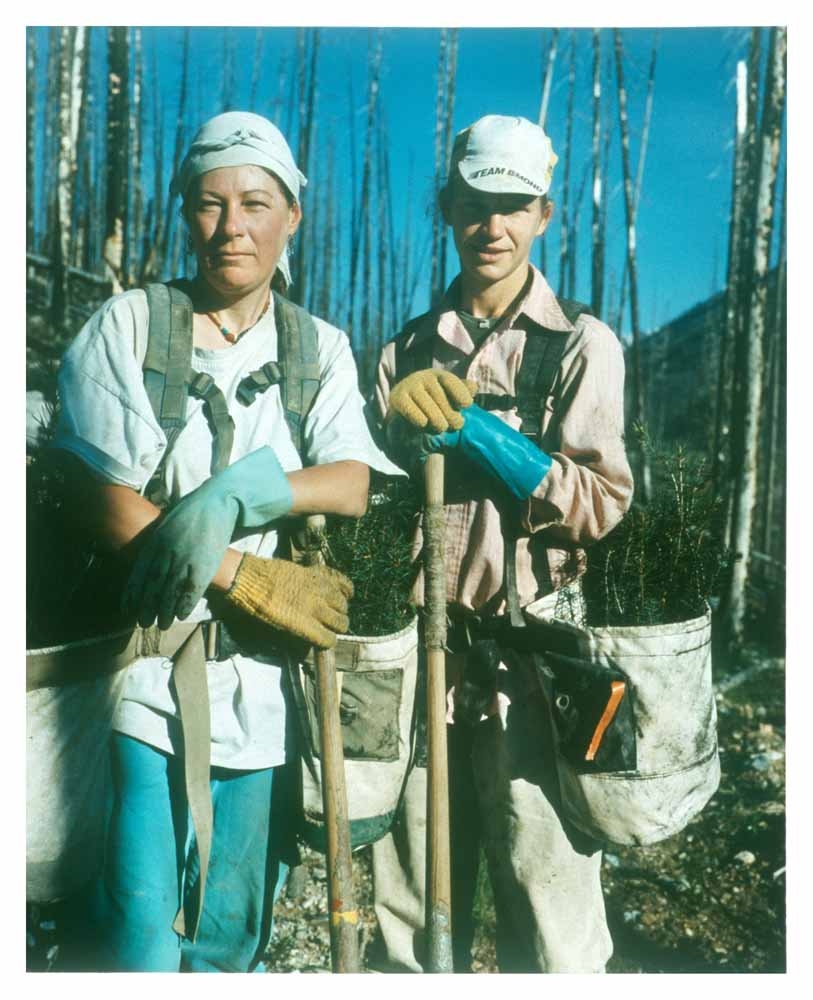Exhibitions and Events
Cycles
We were pleased to collaborate with the Centre for Art Tapes (CFAT) for the presentation of Cycles, curated by Ælab, an artist research and communication unit (Montréal).
Abstract Painters Then
What was it that made those historic abstract artists so different, so appealing...? This program takes a look at the New York Abstractionists of the 1950s and '60s, at some of their European predecessors, and at two Canadian counterparts, offering a broader critical context for the exhibition hungry eyes (recent abstract painting from New York and Toronto).
23 October - Painters Painting
Emile de Antonio, USA, 1972, 116 minutes
Hungry Eyes
The exhibition Hungry Eyes arose from the observation that contemporary abstract painting feeds on a great variety of sources, histories, and influences.
Memory and Archive: A Panel
In conjunction with the exhibition About Memory and Archive/Autour de la mémoire et de l'archive, participating artist Thomas Corriveau is joined by Halifax based artist Mathew Reichertz, Dalhousie Archivist Michael Mooseburger and King's College professor Dr. Dorota Glowacka to provide perspectives on this fascinating topic.
Continental Riff: Feature Films from Australia and New Zealand
Once again, the Gallery collaborates with the Atlantic Film Festival in our five o'clock film series, screened daily in the Gallery during the Festival. Ron Foley MacDonald has selected ten less well-known films from "down-under", ranging from bizarre comedy and disturbing documentary to gentle, offbeat drama.
Friday, 13 September - The Cars That Ate Paris
Peter Weir, 1974, 91 minutes
Memory, come to think of it
Three classic films to complement the exhibition About Memory and Archive/Autour de la memoire et de l'archive
11 September - Last Year at Marienbad
Alain Renais, France, 1961, 93 minutes
The very nature of memory is questioned in this fluid, oblique romantic drama that takes place at the famous European spa.
25 September - The Mirror
Andrei Tarkovsky, USSR, 1976, 106 minutes
About Memory and Archive / Autour de la Mémoire et de l'Archive
Selected from the permanent collection of the Musée d'art contemporain de Montréal by curator of collections Josée Belisle, this fascinating and unusual exhibition featured painting, photography, film, mixed media and sculptural installations by nationally and internationally-known contemporary artists Bernd and Hilla Becher, Christian Boltanski, Melvin Charney, Thomas Corriveau, Angela Grauerholz, Claude Hamelin, Raymond Lavoie, Arnaud Maggs and Francine Savard.
8 Pianos - No Hands?
Presented during the 2002 Scotia Festival of Music, this eclectic selection of films featuring pianos and pianists begins with a classic silent horror movie, and proceeds chronologically through film noir, drama, comedy, fantasy, history and documentary to the compelling 1995 film adaptation of August Wilson's play The Piano Lesson.
Monday, 27 May - The Hands of Orlac
Robert Wiene, Austria, 1924, 82 minutes, b & w
An Invested Nature: Contemporary Photography in the Permanent Collection
Selected from recent acquisitions in the Gallery's permanent collection, this exhibition featured the photographic works of Marlene Creates, Lorraine Gilbert and Susan McEachern. Each artist, through her unique perspective and concerns, creates a space for reflection on the impact of human culture on the "natural" - and vice versa. Creates examines the histories and myths accrued to the land and water, while ordering a view of nature that reveals its form and design (and therefore beauty).
The Underwater Pinhole Photography Project
British Columbia-based artist Donald Lawrence combined his art-making skills and kayaking passions in this touring exhibition, which featured: a custom river kayak that has been converted into a floating darkroom, large-scale black and white photographs of the sea bed, and a Super-8 film "The Inter-tidal Photographer".









